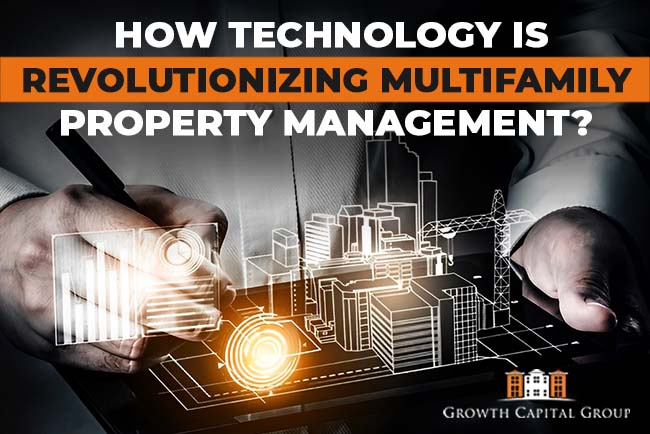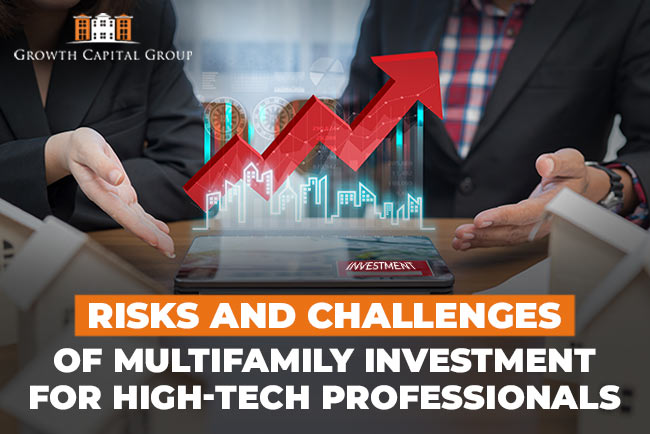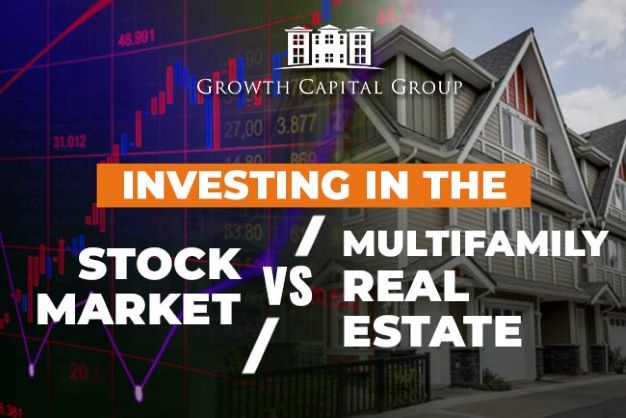Multifamily property management has traditionally been time-consuming and complex, but recent technological advancements have revolutionized how property managers operate. With the help of new tools and software, property managers can streamline their operations, automate routine tasks, and improve communication with tenants.
In this blog, we will look at some ways technology is revolutionizing multifamily property management.
Top Five Ways Technology is Revolutionizing Multifamily Property Management
- Online Property Management Software
One of the most significant advances in property management technology is online property management software development. This software allows property managers to automate many routine tasks of managing a multifamily property. For example, property managers can use online software to track rent payments, manage maintenance requests, and communicate with tenants.
Online property management software also allows property managers to access real-time data on the performance of their properties. This data can be used to make informed decisions about property management strategies, such as setting rent prices, screening tenants, and scheduling maintenance.
- Smart Home Automation
Innovative home automation technology is also revolutionizing multifamily property management. Tenants can now control their living environment using their smartphones or voice-activated devices, such as Amazon Alexa or Google Home. Property managers can use intelligent home automation to remotely manage their properties’ energy usage, such as turning off lights and thermostats when units are unoccupied. This technology can also improve security by using smart locks or security cameras.
- Virtual Tours and Online Leasing
Another way technology is revolutionizing multifamily investing management is through virtual tours and online leasing. Property managers can now provide virtual tours of their properties, allowing potential tenants to view units from the comfort of their homes. This technology has become critical during the COVID-19 pandemic, as property managers have had to limit in-person interactions.
Online leasing has also become more popular, allowing tenants to sign leases and make payments online. This has made the leasing process faster and more convenient for tenants and property managers.
- Mobile Apps
Additionally, mobile apps have evolved into a crucial tool for property managers. Mobile apps allow property managers to communicate with tenants, track maintenance requests, and manage their properties from anywhere. Tenants can use mobile apps to pay rent, submit maintenance requests, and communicate with property managers.
Mobile apps have also improved tenant engagement, allowing property managers to send real-time notifications and updates to tenants. This has helped to build stronger relationships between tenants and property managers, leading to higher tenant satisfaction and retention.
- Artificial Intelligence
Artificial Intelligence (AI) is also transforming multifamily property management. For example, AI can be used to analyze data on tenant behavior, such as their payment history and maintenance requests. This data can then predict when tenants will likely move out or request maintenance, allowing property managers to proactively address issues before they become problematic.
AI can also automate routine tasks, such as responding to tenant inquiries or scheduling maintenance appointments. This allows property managers to focus on more complex tasks, such as developing long-term property management strategies.
Conclusion
Technology is revolutionizing multifamily property management, allowing property managers to automate routine tasks, improve tenant engagement, and make informed decisions about their properties. Online property management software, intelligent home automation, virtual tours and online leasing, mobile apps, and artificial Intelligence are just a few ways technology transforms how we manage multifamily properties. As technology continues to evolve, we can expect to see even more advances in multifamily property management in the years to come.
Discover the future of property management with our guide on how technology revolutionizes the multifamily industry.
Stay ahead of the curve and learn how technology is transforming multifamily property management! Schedule A free strategy call with us.










